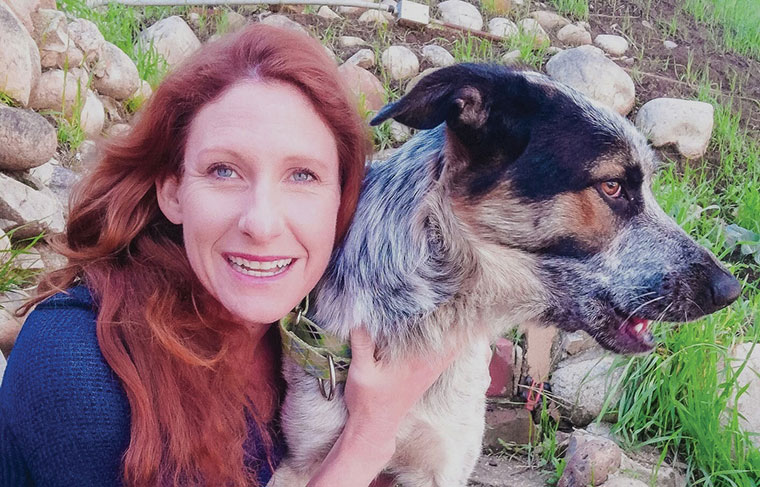
December 01, 2021
Advising clients on pets’ winter weight gain
Pets, like people, can pack on winter weight as their eating and exercise habits change.
Dr. Leslie Hancock-Monroe, a veterinarian who is vice chair of the Pet Food Institute’s Nutrition Subcommittee, thinks veterinarians can help clients manage their pets’ diets and set fitness goals.
The PFI, which is an organization of pet food manufacturers, is developing reference materials that could help veterinarians communicate with clients about nutrition and develop nutrition plans for their pets, said Dr. Hancock-Monroe, who is also senior research fellow with the J.M. Smucker Co. And she noted that veterinarians can already find useful dietary information through the U.S. Department of Agriculture, which provides a nutrient database.
Dr. Hancock-Monroe talked with JAVMA News about winter weight gain and what veterinarians can do. The following has been edited for length and clarity.

Q. Why do you think winter and the holidays are particularly concerning times when it comes to feeding pets?
A. We understand that winter months, especially during the holidays, have a measurable impact on people’s body weights. Research in dogs has largely focused on the working dog or outdoor dog, but, if you look at feeding patterns, activity, and weight gain, it’s not too difficult to draw a connecting line for pets.
Another area that I think we should be cognizant of is, as we go through Thanksgiving and then the winter holidays, there does tend to be an increase in visits to emergency veterinary clinics, whether that’s related to dietary indiscretion, garbage gut, or other coincidental health impacts. In the past year and a half, we’ve seen higher burden and reduced efficiency in animal hospitals and media reports of animal clinics being understaffed, overcommitted, and shifting patients between hospitals.
Emergency visits because of dietary indiscretion are preventable. If we can start communicating with our pet owners now, then we can take that burden off the veterinary business and have them focus on the truly acute, critical care patients that have otherwise unpreventable types of diseases.
Q. What can veterinarians do about winter weight gain in pets?
A. I think the holidays are a great time to start thinking about mitigating obesity. I become hyperfocused on what I’m eating and what I’m feeding my pets, and it’s actually my time of year to trim down.
That’s just my personal look at it, but it’s an awesome opportunity to talk to pet parents. “Hey, are you measuring how much you’re feeding your dog every day? Are you using a measuring cup? Is your dog a stable weight?”
There are a few different body condition score charts available; they all basically say the same thing. You want that nice hourglass figure. You want to be able to feel the last three ribs. You don’t want to see belly fat. Those body condition score charts can help clients understand where their animal is now.
What I like to do is understand what calories an animal needs to maintain their body weight and take 10% away to create a treat allowance. Our friends at the behavior societies and veterinary behavior college have done a great job providing us the research to say that with food-motivated animals, the best way to modify their behavior is through high-value, high-reward treating. And it doesn’t do any good if we don’t already understand how many calories a day can be allocated to treats without negatively impacting their waistline, which has a multitude of other metabolic consequences.
So, it’s all about planning, communication, and developing a strategy of what are the right amount of calories, what’s the right food, and carving out an appropriate treat allowance—and then talking about what are good treats for your animal.
Q. What messages do you think would be effective?
A. I think there are some ways that we could reach out to clients. Do you send out a mailer? Do you have an email list? Do you have a social media account? And what are some quick tips that you could give them to start preparing for the holidays? Do you provide in-clinic consultations? Do you have a veterinary technician handling nutrition appointments?
Do you have telemedicine—that’s a great opportunity to reach more clients—or even have a webinar where you can reach out to clients who would be interested in talking about this?
Whatever tools that we can bring to the table either through industry or through the veterinary medical associations—whether it’s pamphlets, web pages that you can reference, or social media pages—we have to reach the clients where they are.